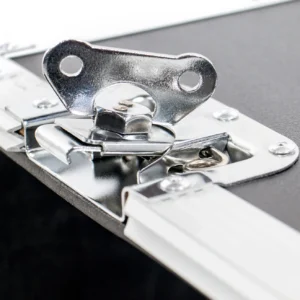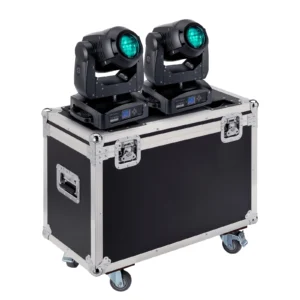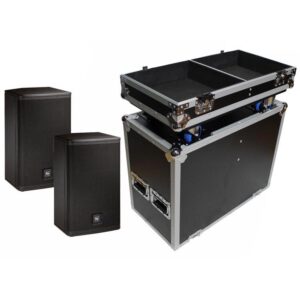What is the Best Flight Case Material?
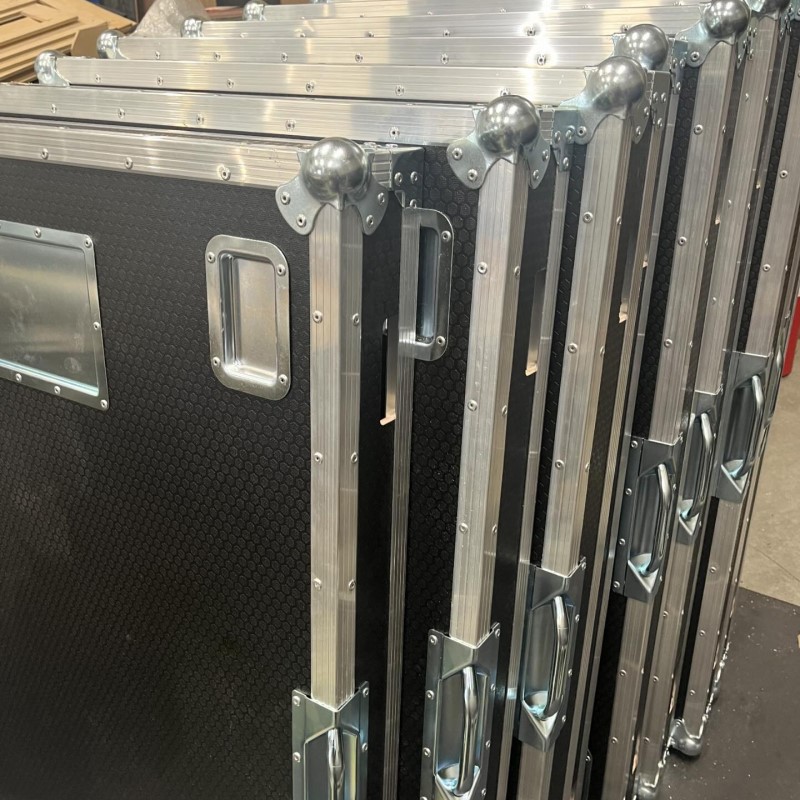
The best flight case material is aluminum because it is durable and light. However, the flight case material also depends on the specific usage.
Moreover, flight cases can have mixed layers of plywood, steel, and high-quality plastic.
To learn more about flight case materials and their advantages, continue reading below.
What are flight cases made of?
Flight cases can be made of aluminum, wood, and plastic, each depending on how the cases are used.
These flight case materials are used to cater to specific needs and purposes, such as transportation of light and heavyweight equipment.
For your reference, here’s a simple breakdown of different flight case materials:
| Material | Advantages | Disadvantages |
| Aluminum Flight Case | Lightweight, durable, corrosion-resistant | More expensive, prone to denting and scratching |
| Plastic Flight Case | Lightweight, affordable, corrosion-resistant | Less durable, may crack or break under heavy impact |
| Plywood Flight Case | Strong, sturdy, versatile | Heavier than aluminum, susceptible to water damage |
Applications of Flight Cases Made of Different Materials
Aluminum Flight Case
- Ideal for protecting delicate equipment such as audiovisual gear, cameras, and instruments during air travel or road transport;
- Commonly used in industries such as music, film, broadcasting, and the military for its lightweight yet robust properties
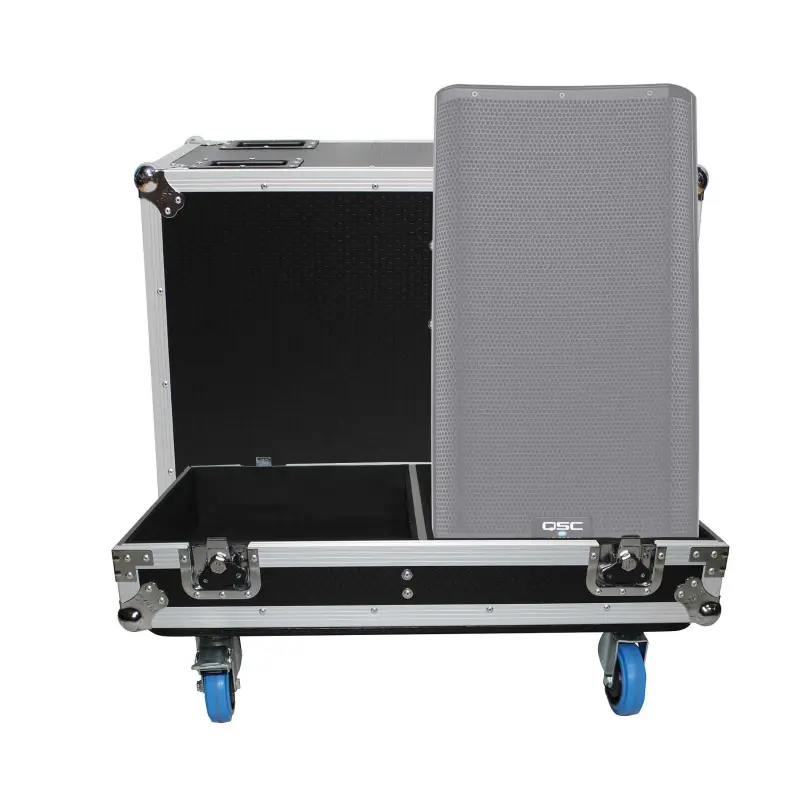
Plastic Flight Case
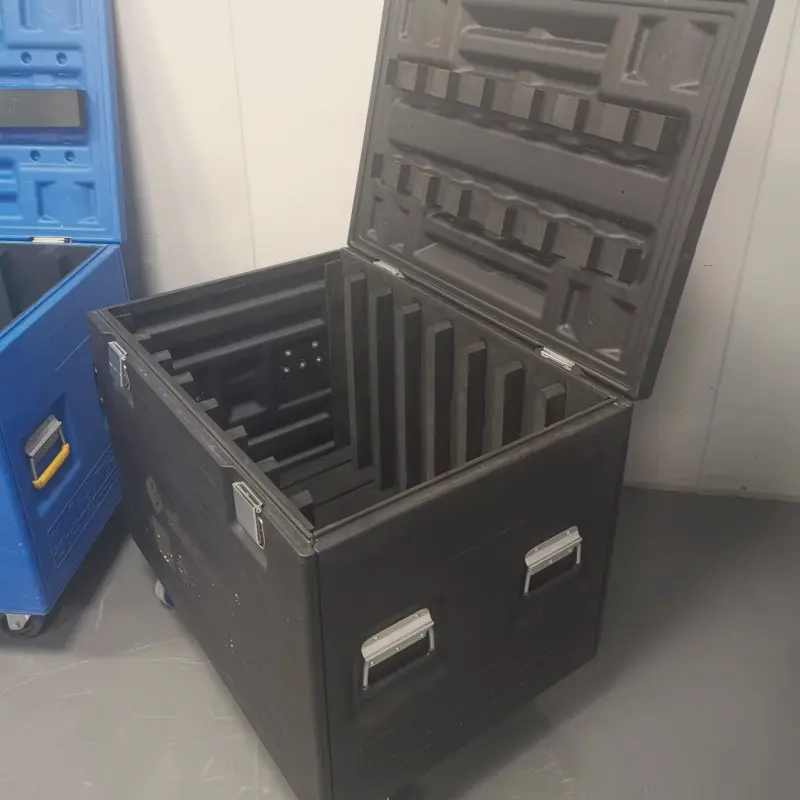
- Best suited for lightweight applications where cost and weight are primary considerations, such as carrying cases for small electronics, tools, or promotional materials;
- Frequently used in trade show exhibits, retail displays, and consumer electronics packaging for its affordability and ease of molding into various shapes
Plywood Flight Case
- Suitable for heavy-duty applications where durability and customization are priorities, such as touring cases for musical instruments and production equipment;
- Often used in the construction of flight cases for speakers, amplifiers, and lighting fixtures due to its strength and shock absorption qualities.
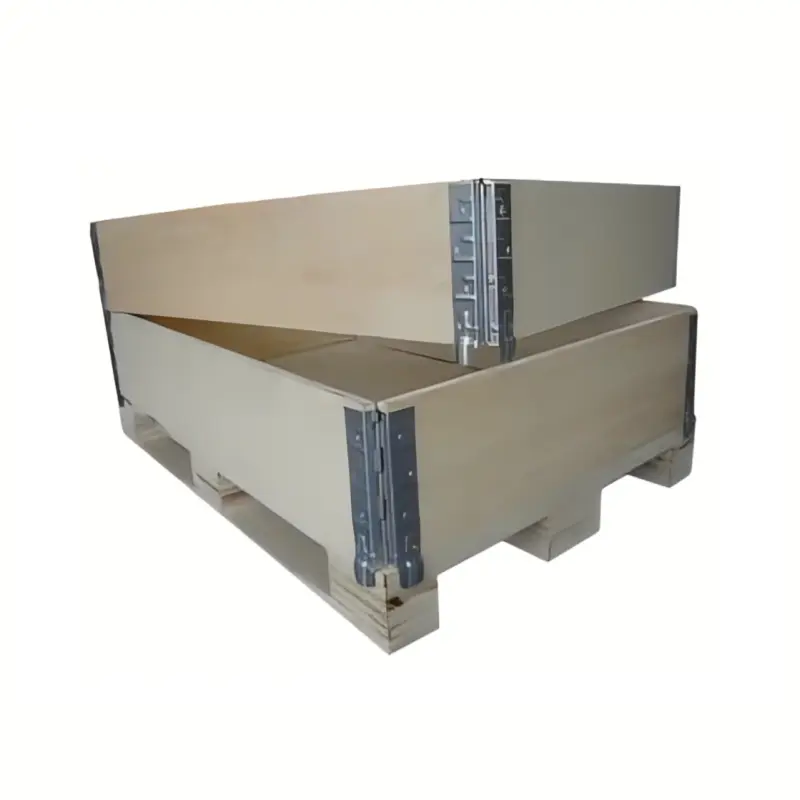
Conclusion
Flight case materials vary depending on the purpose or usage. In most cases, flight cases are made of aluminum, wood, or plastic.
However, each flight case material has its own set of pros and cons.
For heavy-duty uses, it is recommended to use aluminum flight cases – but can be slightly expensive.
If your equipment is lighter, you can go for plywood or plastic material, which are often cheaper than aluminum.

